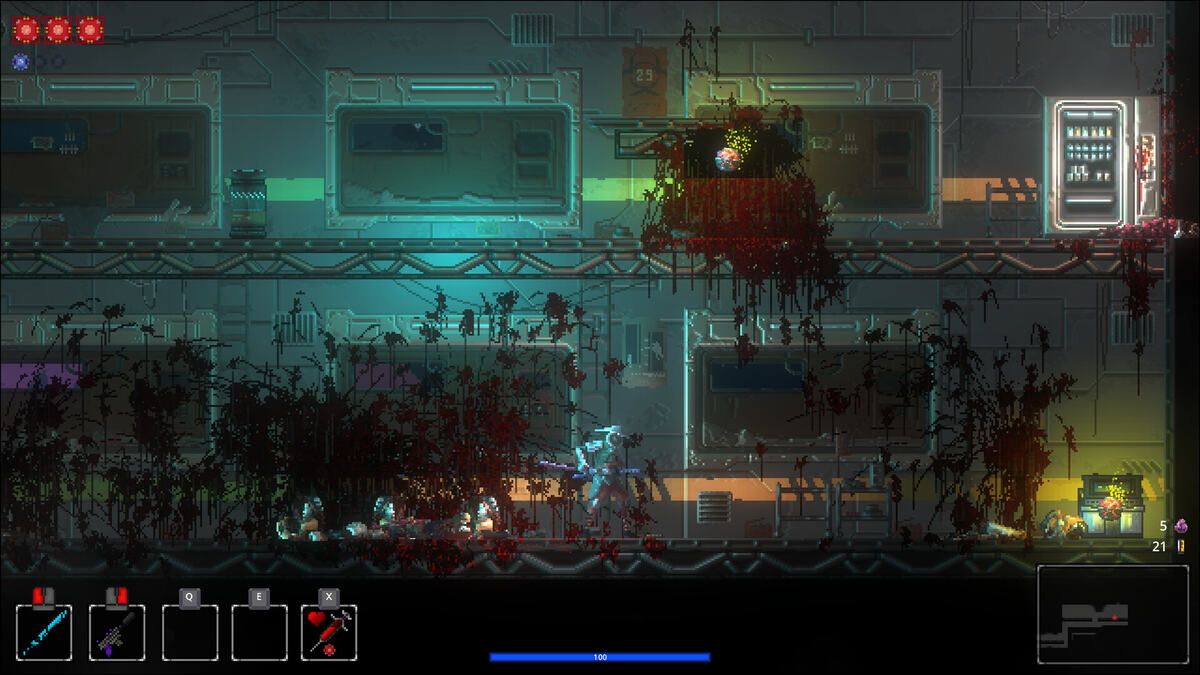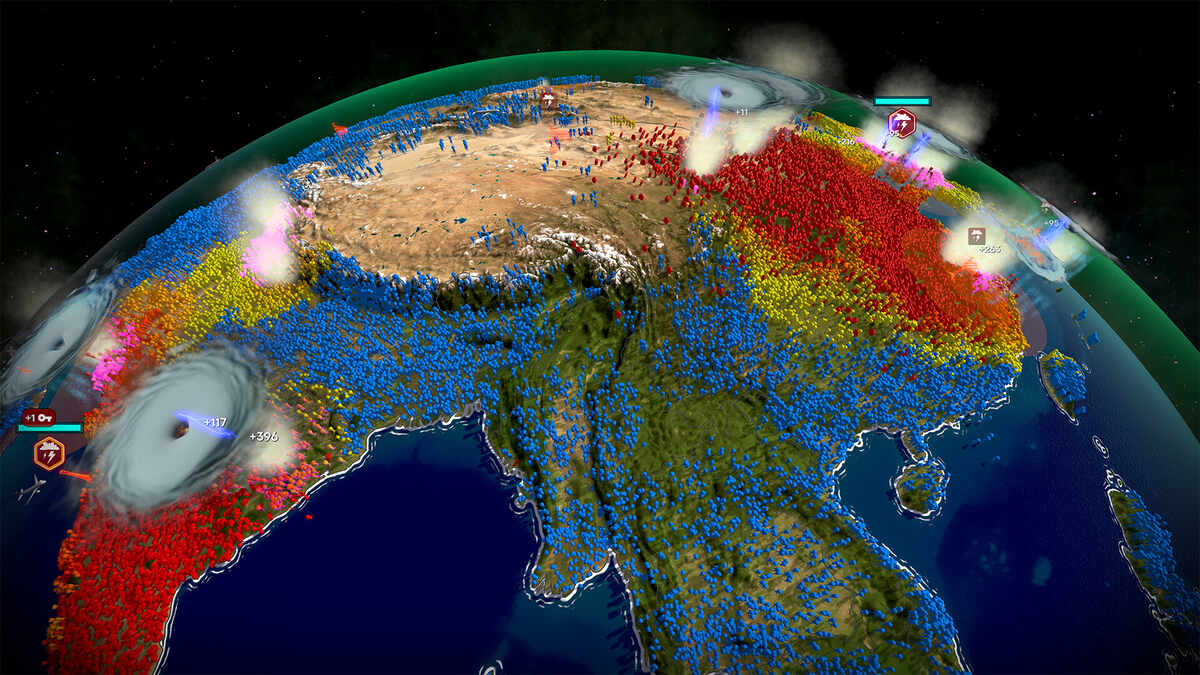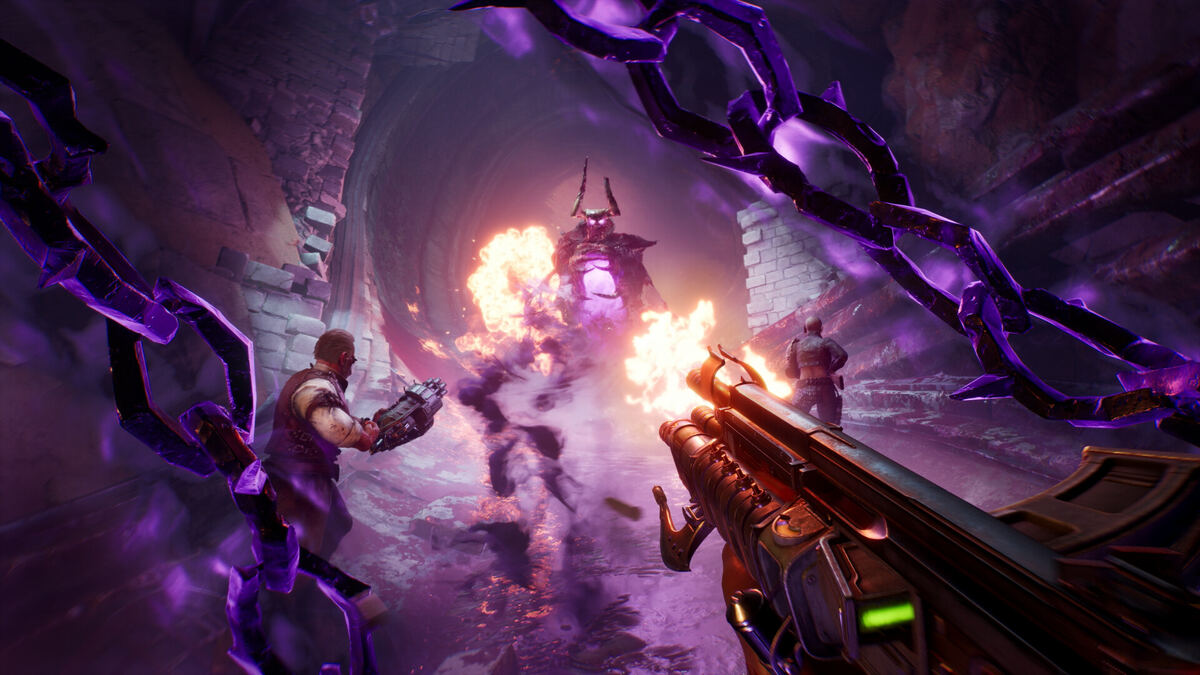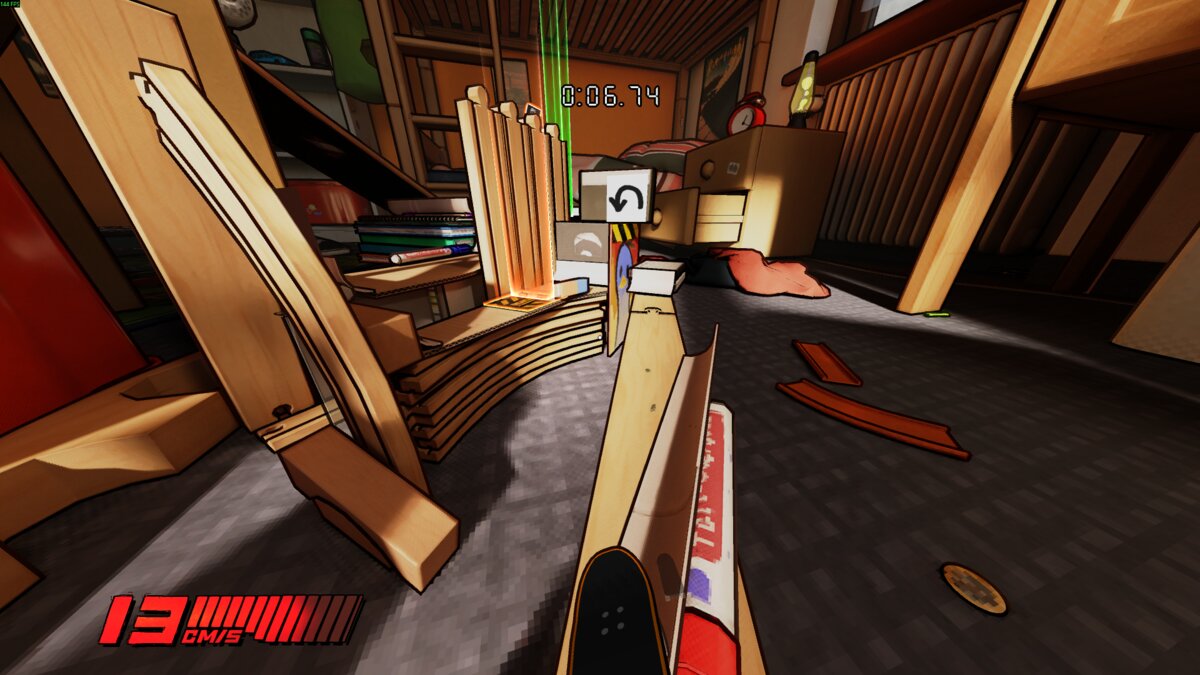You can trust VideoGamer. Our team of gaming experts spend hours testing and reviewing the latest games, to ensure you're reading the most comprehensive guide possible. Rest assured, all imagery and advice is unique and original. Check out how we test and review games here
Somewhat surprisingly, Grand Slam Tennis, due out exclusively for the Wii in time for Wimbledon, is not EA’s first ever tennis game. It published the little-known IMG International Tour Tennis back in 1994 for the SEGA MegaDrive. So, a more accurate statement would be: Grand Slam Tennis is EA’s first tennis game for 19 years.
Which feels like a hell of a long time. It seems odd that EA, the game company that’s got, what… like a million different sports sewn up in the video game license stakes, hasn’t got a tennis title to annually update. Sure, the sports’ superstars aren’t exactly what you’d call… interesting. We tend not to read newspaper kiss and tells from wannabe tennis WAGs or see Sky Sports News reporters doorstepping crown courts as they wait for verdicts on pub brawls. But the sport itself is hugely popular, hugely skilful and incredibly tense. That hill wasn’t named after Tim Henman for nothing.
So, why now? “A number of reasons,” Oliver Hughes, senior product manager at EA Sports tells me at a recent hands-on press event. “It was pretty obvious from our portfolio of sports games that there was one missing that was pretty prevalent, and that was tennis. Secondly, tennis has shown a bit of a revival in the last few years. People are more interested in tennis. The Wimbledon final last year was the most watched Wimbledon final in the last 20 years. The Wii as well; that was a huge factor in our decision. It’s a console that lends itself so well to a sport like tennis. So those factors combined, we thought why don’t we have a go?” Fair enough. And I imagine the popularity of the tennis game in Wii Sports won’t have hurt either.
Wii Sports is a clear influence, not least on the graphical front. There’s a cartooney look to proceedings, the tennis stars’ heads massive in proportion to their skinny bodies, Mii-like even. The grass in Centre Court, exclusively licensed along with Wimbledon itself, is bright green and bathed in sunshine. Swiss genius Roger Federer plants his feet on the baseline, his body in that unmistakeable serving position that leads to such devastation. At the top of the screen is his Spanish nemesis, Rafael Nadal, legs wide apart and racket swaying in anticipation. Federer serves, Nadal returns a winner, the crowd goes mad and he fist pumps. He even pulls the shorts out of his arse, as he often does in real life (I’m told). Yes this is a Wii game. Yes it’s not in HD. Yes the crowd looks awful, and I mean awful, but the two tennis players actually look like the players they’re mimicking, despite how stylised they are.
It’s authenticity that EA hopes will set Grand Slam Tennis apart from not only Wii Sports but tennis games in general. Unlike Wii Sports, you won’t, Hughes insists, be able to casually flick the Wii Remote with your wrist and get the same results as if standing up and putting everything you’ve got into your backhands. Whether this claim is true or not remains to be seen. Playing an alpha build at length, the similarities to Nintendo’s launch title are initially striking. The direction of your shot is determined by timing, as in Wii Sports. Hit the ball early and you’ll hit it at a tight angle. Hit it late and you’ll hit it at a wide angle. Put simply, if you’re standing in the middle of the court and you hit the ball early on your forehand, you’ll hit it to your left. If you hit it late you’ll hit it to your right. Movement is controlled by the AI, as it is in Wii Sports, although if a Nunchuck is plugged in you can command your tennis player with the control stick. Hit over the ball to add top spin, under to add slice. Holding A while swinging lobs, holding B does a drop shot. Nothing we haven’t seen before.
The authenticity argument starts to sound more convincing when you plug the Wii MotionPlus accessory into the bottom of the Wii Remote. WMP, which EA reckons will be released by Nintendo around about the same time as Grand Slam Tennis and Tiger Woods PGA Tour 10, provides a degree of control that stops just short of 1:1. When playing Grand Slam Tennis with the WMP, buttons don’t do anything. All shots, of all types, are controlled by movement of the Wii Remote.
While the pre-alpha build tested displayed a degree of clunkiness and unresponsiveness (it’ll be much better on release, EA says), you can really tell the difference with the WMP plugged in. Waiting for a serve, your virtual tennis player will hold the racket as you’re holding it. Hold the Wii Remote in the air instead of with both hands in front of you and that’s what will happen on screen. You need to prepare for a shot appropriately, moving the Wii Remote to your forehand or backhand side as the ball hurtles over the net. Try to hit a forehand on a backhand shot and you’ll miss. Shot power is based on swing power, as it should be.
It’s hugely satisfying to hit the ball with the Wii Remote. With the Wii detecting rotation via the WMP you’re able to lob or drop shot, add top spin or slice with your wrist. To a degree you’re able to better direct your shots, although timing still hugely influences this. It can’t be denied, Grand Slam Tennis with WMP feels great. I even found myself whipping the Wii Remote over my shoulder, like a proper tennis player, when hitting shots. Get me.
Despite all this, Grand Slam Tennis still retains an unrealistic feel. It’s incredibly forgiving; your players are able to return the ball from impossible positions, and we were able to curve the ball to a ridiculous degree by hitting the ball with short, sharp movements of the Wii Remote in various directions. It might play a more realistic game of tennis than Wii Sports, but its primary goal is still to provide an accessible and fun experience.
Like with all EA Sports games, you can expect quality presentation. Indeed everything about Grand Slam Tennis screams “I’m an EA Sports game”. It’s the first game ever to officially license all four Grand Slams, hence the proud title. Wimbledon is, as already mentioned, exclusive. There will be a full career mode that takes you through the slams with your created tennis player, too, so they won’t be limited to one off tournaments or relegated to locations you can play exhibitions in. There will be 12 courts in total, all officially licensed, including Centre Court (Wimbledon) and the Arthur Ashe Stadium (US Open). Australian Wimbledon winner Pat Cash has signed on to do the commentary, and it’s actually pretty good. There will be over 20 licensed players in the game, including current players and legends. It remains to be seen whether American hothead John McEnroe, recently signed by EA, will swear in-between points. We doubt it.
Some clever touches: you can tell the game what hand you want to use the Wii Remote with and it’ll make your selected tennis star use the corresponding arm, irrespective of what hand they use in real life. There’s the obligatory four-player party mode. The screen splits vertically down the middle for two-player local matches. There’s even online play (eat that Wii Sports), for both singles and doubles matches. Oh, and the audio’s been recorded directly from last year’s Wimbledon, so you’ll get all those middle-class oohs and aahs you’re used to hearing through the TV every summer.
In theory, Grand Slam Tennis, when played with the WMP, should provide the best virtual tennis experience ever. Having played it for an hour or two it’s looking like it may well realise that lofty expectation. With WMP support still unconfirmed for SEGA’s Wii version of Virtua Tennis 2009, due out before GST, we’re edging towards EA’s title. Either way, it’s exciting times for tennis fans.
EA Sports Grand Slam Tennis is due out for Wii on June 19. Xbox 360 and PS3 versions are due in November.
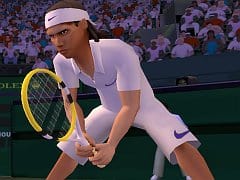
/https://oimg.videogamer.com/images/8805/grand_slam_tennis_8.jpg)
/https://oimg.videogamer.com/images/88fb/grand_slam_tennis_2.jpg)


